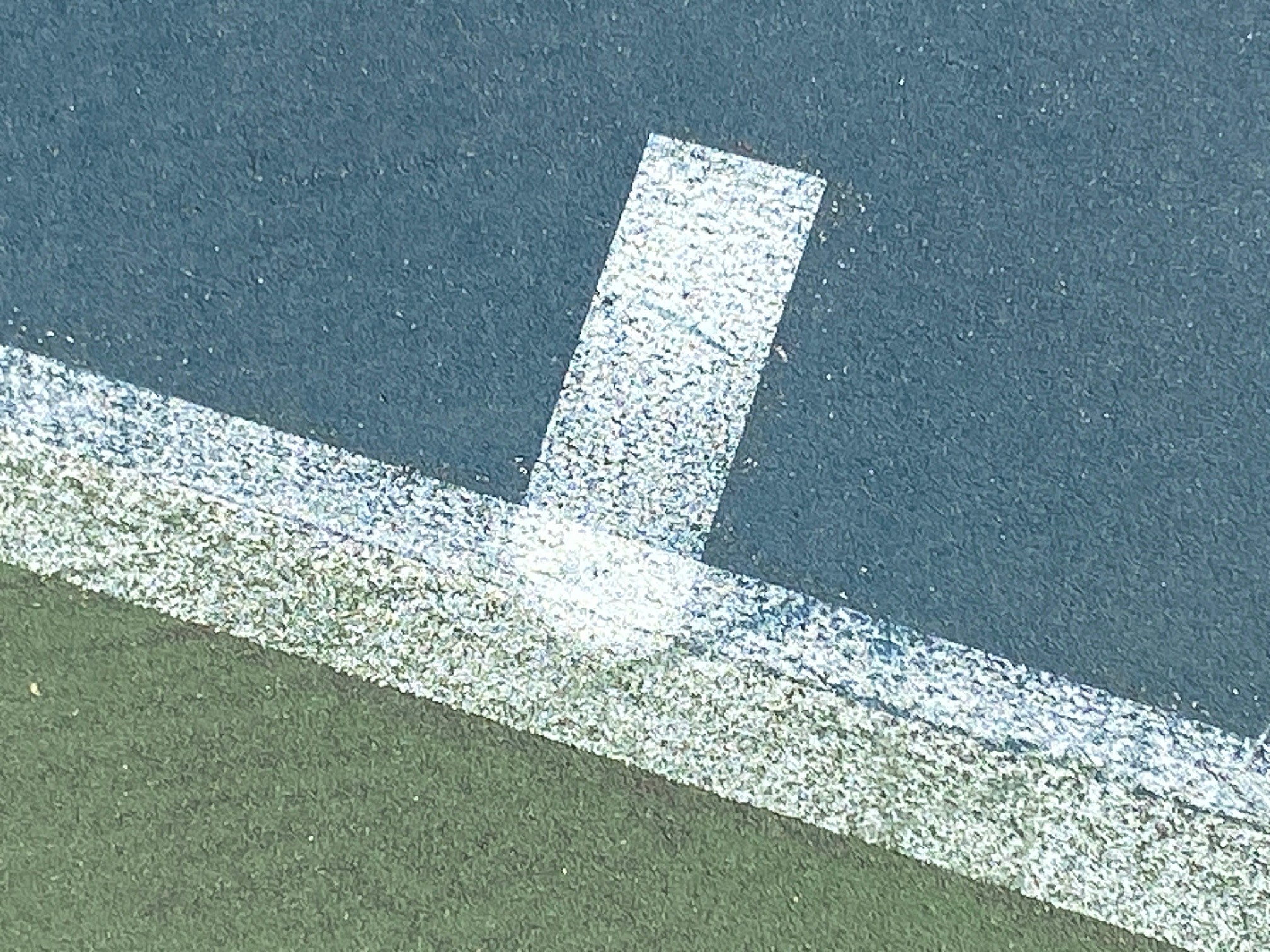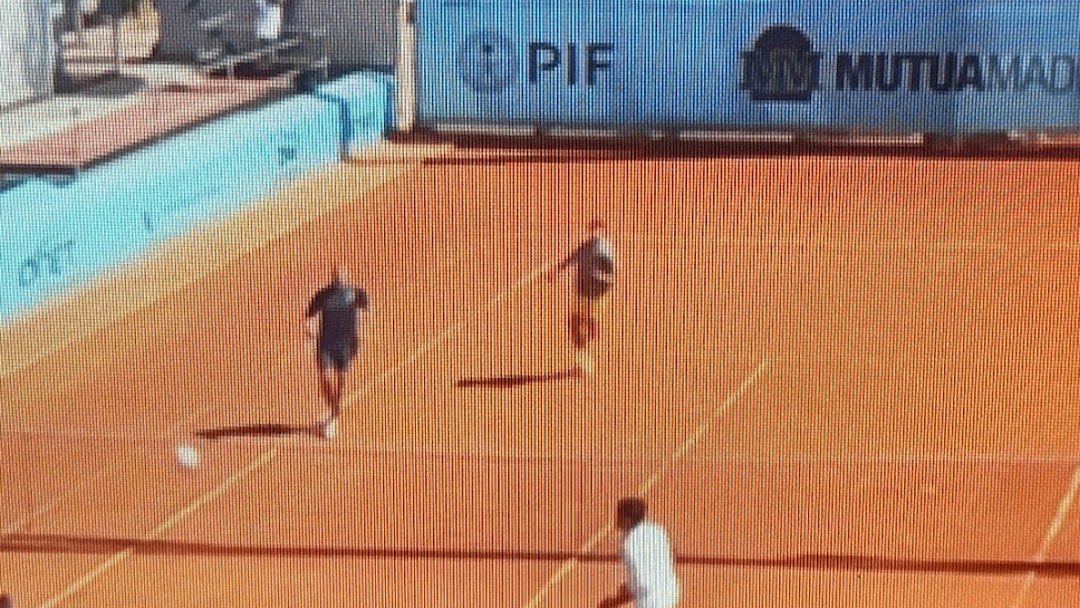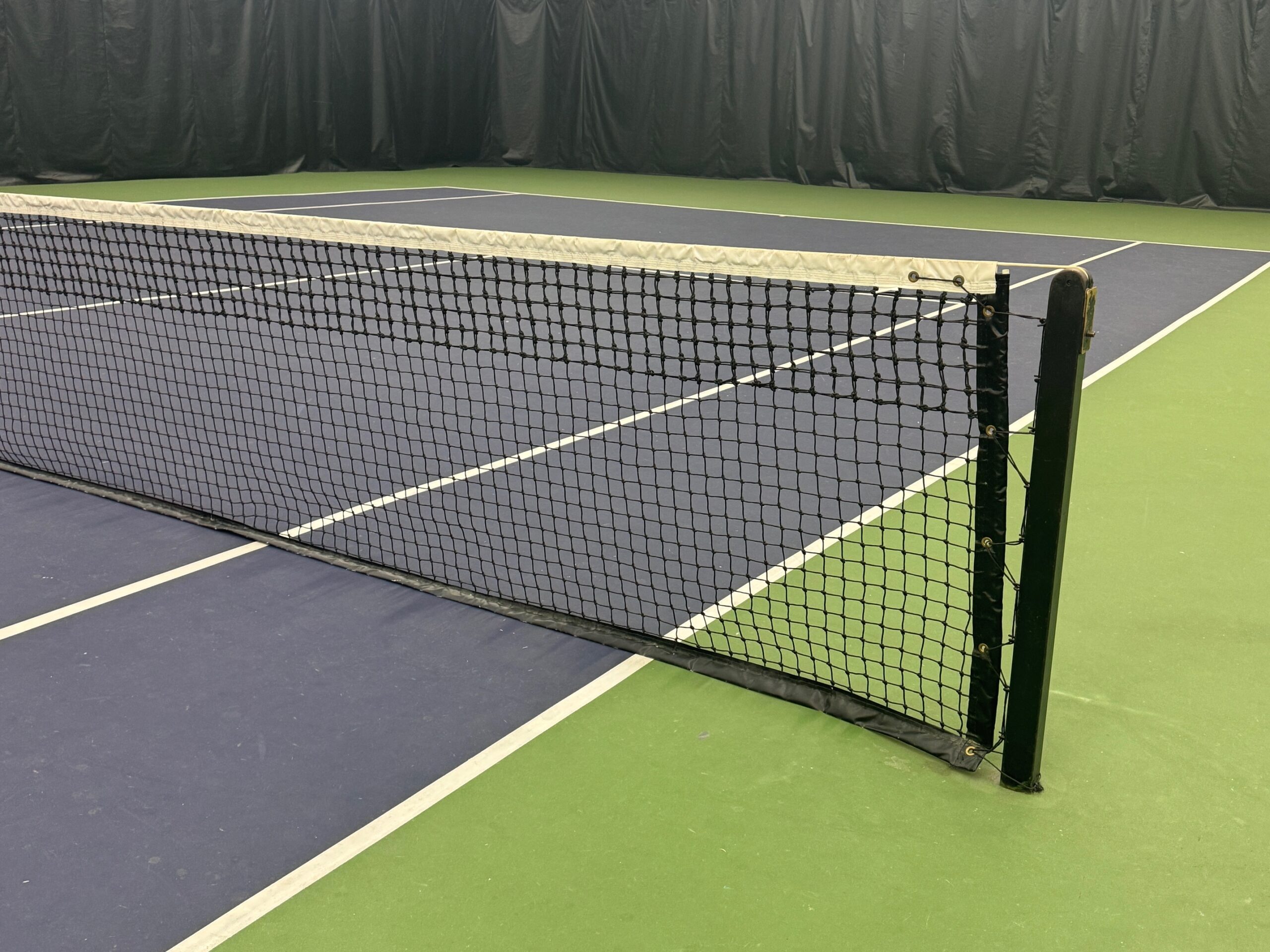I am continually amazed and inspired by people who reinvent themselves to make profound changes in their lives. There is absolutely nothing wrong with that practice for personal development or improvement. However, reinventing oneself to ditch an unfortunate history of high performance for NTRP rating purposes is a quick way to land on my naughty list.
This reinvention process is when an existing USTA member creates a new membership with the organization rather than renewing. That essentially wipes the playing history clean because “new” members have not played before. It is unethical and wrong. Based on a couple of obvious instances that I have recently stumbled across, I am starting to wonder how frequently this happens.
In preparing for this post, I went partially through the process of joining the USTA as a brand-new player. I was astonished to discover that there is no check box for indicating previous membership before reaching the Self-Rating part of the process. That means that it is plausible that some people might accidentally create a second identity when attempting to renew an expired membership.
It is very easy to register a new account with the USTA and it should be. It is in our collective best interest to make joining as frictionless as possible. However, there has to be an integrity check at some point along the way. If a player decides to “start over” the USTA is probably expecting that other players will notice and alert the organization to the discrepancy. However, I can think of a couple of ways that a player could hide their actions if the secondary membership was intentional.
The first and most obvious way to create a new under-the-radar identity is a simple name change. Some women elect to update their last names as marital status changes. Name changes can also be done with first names. A person named William who goes by Bill can probably use the other name without attracting notice. Similarly, Christine could become Christie.
Geographic relocation is another opportunity to become a new person. Moving to a new area means no one will blink an eye at a self-rating because the player is new to that playing community. As an additional bonus, a lot of contact information including the postal address is updated when a person relocates. That makes it more challenging for the USTA to detect malfeasance.
I also thought through how a new account could be quickly “laundered” to turn a self-rating into an appealed rating. By establishing a self-rating lower than the desired level, that player could immediately appeal in the upward direction to “correct” that self-rating error. I don’t think any NTRP coordinator would think twice about approving that appeal-up request for a new self-rated player. Unless people are clicking into detailed playing histories, that would likely go undetected for an established player that did not relocate.
Once again, I observed that it is possible in the current registration process for a player to accidentally create a second USTA membership. One way to make that less likely is to add a step to the process where a player has to declare if they have been a USTA member in the past. A deliberate bad actor will of course fail to check that box, but in doing so shuts down “accident” as a defense.
I seriously doubt that the USTA is checking for this kind of fraud. Quite frankly I would rank doing that pretty low on the organizational priority list. However, I do think that the USTA might want to think through how to handle these types of discrepancies as they are identified.
That would include a way to “merge” two accounts for a player that made an honest registration error. Investigation and consequence procedures for potentially more nefarious scenarios should be defined. I am assuming that this would generally flow through the USTA League Grievance process. There is no specific mechanism for USTA tournaments.
The general playing community needs to know that this is a possibility. An attentive playing community is probably the best way for this specific issue to be detected and addressed.





Ironically, I just logged into the USTA website and saw an advert that simply says:
‘Renew – Upgrade to a new membership and unlock more benefits.’
Wonder what they mean!
Your suggestion of including a check box about previous USTA membership should be easy for USTA to set up. I hope USTA is reading your blog.
On the self-rate and appeal topic: a player who self-rates receives an S rating. If they then appeal up it is usually automatically granted. This is encouraged because it is assumed that they have discovered through play that their initial self-rating was too low. When granted they retain their S rating, they do *not* receive an A (appealed) rating. ‘A’ ratings are only used for players who had a previous C rating, and either raised/lowered their rating through an automatic appeal, or as the result of a medical appeal.
That is good to know, thanks for the correction/clarification.
Wow, you have brought up an excellent point! On one hand I can’t see how anyone would create a new profile BUT, on the other hand I see how easy it is to do.
The USTA website is so flawed.
I still remember my first USTA number. I had it memorized by the time I was 12. A few years after college I let my membership drop as I wasn’t playing tournaments anymore. I was working and it was not until I married and my children were little that I decided to start playing again. I had a new name and so I signed up for a USTA membership. I was so disappointed that I had to create a new number. I wanted my original 6 digit number that I had as I child! Who had it I wondered! I still wonder that! Someone is going around with 540962! That’s me dagnabit!
I contacted USTA and of course I can’t even remember if I got a person on the phone.
So I went through the steps. At that time you had to go to a certified Pro to get rated. I went, paid money!! and filled out the form, on paper. This was around 2000. I was a 5.0 because I had played D1 tennis. However as I started playing league tennis, I ran across women who must have forgotten they played D1college tennis- in the ACC- I was flabbergasted that they were rated 4.5’s.
How could someone who played at, say Clemson, be a 4.5?!?!
Now I know! You just get married, have a new name and wala! Or forget to fill out some important details.
So guess what. After several years of this kind of stuff, I don’t play league tennis.
I use my old USTA number for passwords and I play tournaments, using a number I still have to look up!
The system is so flawed. I have contacted USTA many times. I love tennis so much. But I see many former junior players that are my age playing- uh- PICKLEBALL- ahhh
😱. Did they get fed up too?
Thank you so much for writing about this. My consensus is that the USTA doesn’t care about me, an old player who is already hooked on tennis. They want the new people who are 2.5-4.0. That lines their purse.
Ahh!!!
I’ll stick to tournaments and hopefully make it to the 90’s.
Merry Christmas,
Charlotte